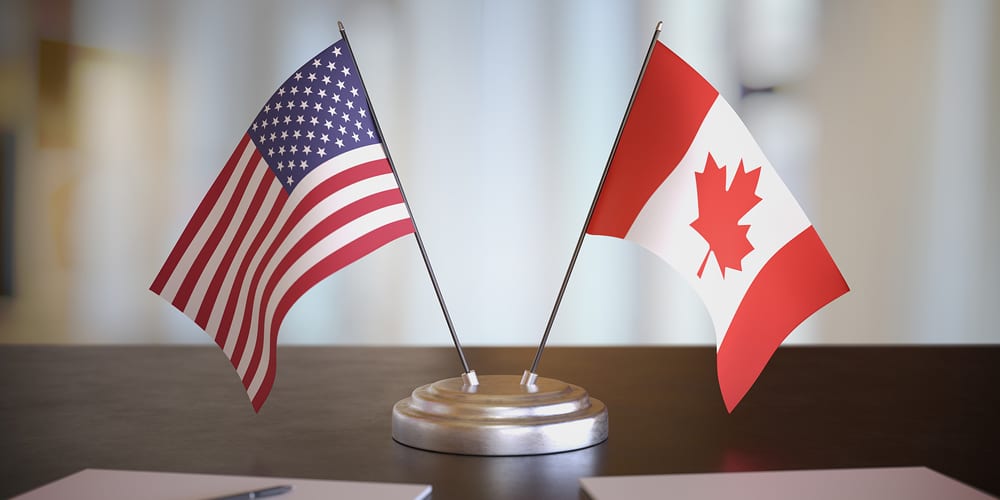Disclaimer: This article includes a brief overview the U.S. and Canadian bankruptcy process. The information is not, nor is it intended to be legal advice. It is imperative that any action you take to be done on the advice of competent legal counsel, and not based solely upon this article.
Bankruptcy is defined by Webster’s Dictionary as a condition of financial failure caused by not having the money you need to pay your debts. In the U.S., corporate bankruptcies are primarily regulated by the Chapter 11 Bankruptcy Code, while bankruptcies in Canada are ruled by the Companies’ Creditors Arrangement Act (CCAA). Although Chapter 11 and CCAA both cover corporate bankruptcies, there are some differences.
U.S. Bankruptcy
When a U.S. based business becomes unable to pay down debt or creditors, the business can file an application with a bankruptcy court for protection under either Chapter 7 or Chapter 11. Chapter 11 is the most common type filed, which is a reorganization of a debtor’s business matters and assets, and requires time to restructure their debts. When the business has filed for Chapter 11, an automatic stay comes into effect, which means that creditors are not allowed to collect on outstanding debt. This time-frame also allows debtors to negotiate with creditors.
Debtors in Chapter 11 have the right to propose a plan of reorganization for 120 days. Under a standard reorganization plan, the debtor attempts to streamline debts. Creditors will vote to approve the reorganization plan. If the creditors approve the plan, it will then be confirmed by the bankruptcy court. If the plan is approved, the debtor is discharged from debts that accrued before the filing and the business is allowed to remain in operation.
Canadian Bankruptcy
The Canadian CCAA is a federal act that also lets businesses with debt issues have the opportunity to restructure financial debts and other matters. In order to qualify for CCAA, the debtor must be a Canadian incorporated company, or a foreign incorporated company with assets in Canada, and be at least $5 million in debt.
Similar to Chapter 11, a CCAA filing is brought on by the debtor with the submission of an application. The court will issue an order allowing the company 30 days of protection to try and make arrangements so that it can continue operating and prepare a plan. While the CCAA order is in place, creditors can not attempt to collect on the debt.
Differences in Bankruptcy Proceedings
The following bullets breakdown the differences between the U.S.’s Chapter 11 Bankruptcy and Canada’s CCAA:
- Chapter 11 allows businesses a minimum of 120 days for reorganization and offers extensions while the CCA offers a 30 day period.
- Chapter 11 is a lengthy detailed code with specific requirements, while the CCAA is very short with little details, leaving decisions to a judge’s discretion on an individual case by case basis.
- U.S. proceedings are held in court, while the CCAA process is less litigious.
- The U.S. offers constitutional protections for property rights, where Canada does not provide the same type of protection.
- Chapter 11 cases take longer than CCAA cases and are typically more expensive.
While the fundamentals are very similar in both Chapter 11 and CCAA, the unique differences in each of the filings processes indicate how different actions can be used to achieve the same outcome.
Check out these other Bankruptcy articles on our website.
Contact us for more information on our commercial collection services!
